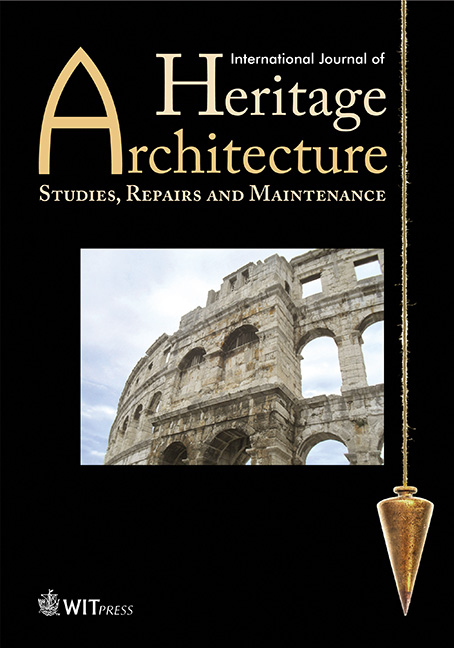Cultural landscape strategies for restoration of the Plaza del Cerro, Chimayó, New Mexico
Price
Free (open access)
Volume
Volume 1 (2017), Issue 1
Pages
9
Page Range
68 - 77
Paper DOI
10.2495/HA-V1-N1-68-77
Copyright
WIT Press
Author(s)
M. GONZALES1, J. RIVERA1, M. AVILA2 & F. UVINA1
Abstract
The Plaza del Cerro at Chimayó is one of the few surviving fortified defensible plazas located within any of the historic land grant communities in contemporary New Mexico, USA. Established as a Spanish colonial settlement in the early 1740s, the plaza plays an important role in understanding the cultural landscape in Chimayó Valley through the organization of the built environment. This article describes the evolution and human settlement morphology of the Plaza del Cerro at Chimayó in the context of the Santa Cruz de la Cañada grant where the site is located. More importantly, we highlight the significance of cultural patrimony that the plaza represents to the Indo-Hispano people of northern New Mexico. The Plaza del Cerro stands as a physical representation of 18th-century town planning principles drawn from the leyes de las indias through a set of ordinances that organized land grant settlements in the Provincia del Nuevo México since the first Spanish colony was established in 1598. In addition, the plaza exhibits and preserves the vernacular architecture engendered by the natural landscape of the Upper Santa Cruz basin. The article provides a historical overview of Plaza del Cerro and outlines preservation and con- servation strategies for a community-based approach to accomplish a physical restoration of the site.
Keywords
cultural landscape, defensible plaza, laws of the indies, New Mexico, restoration




